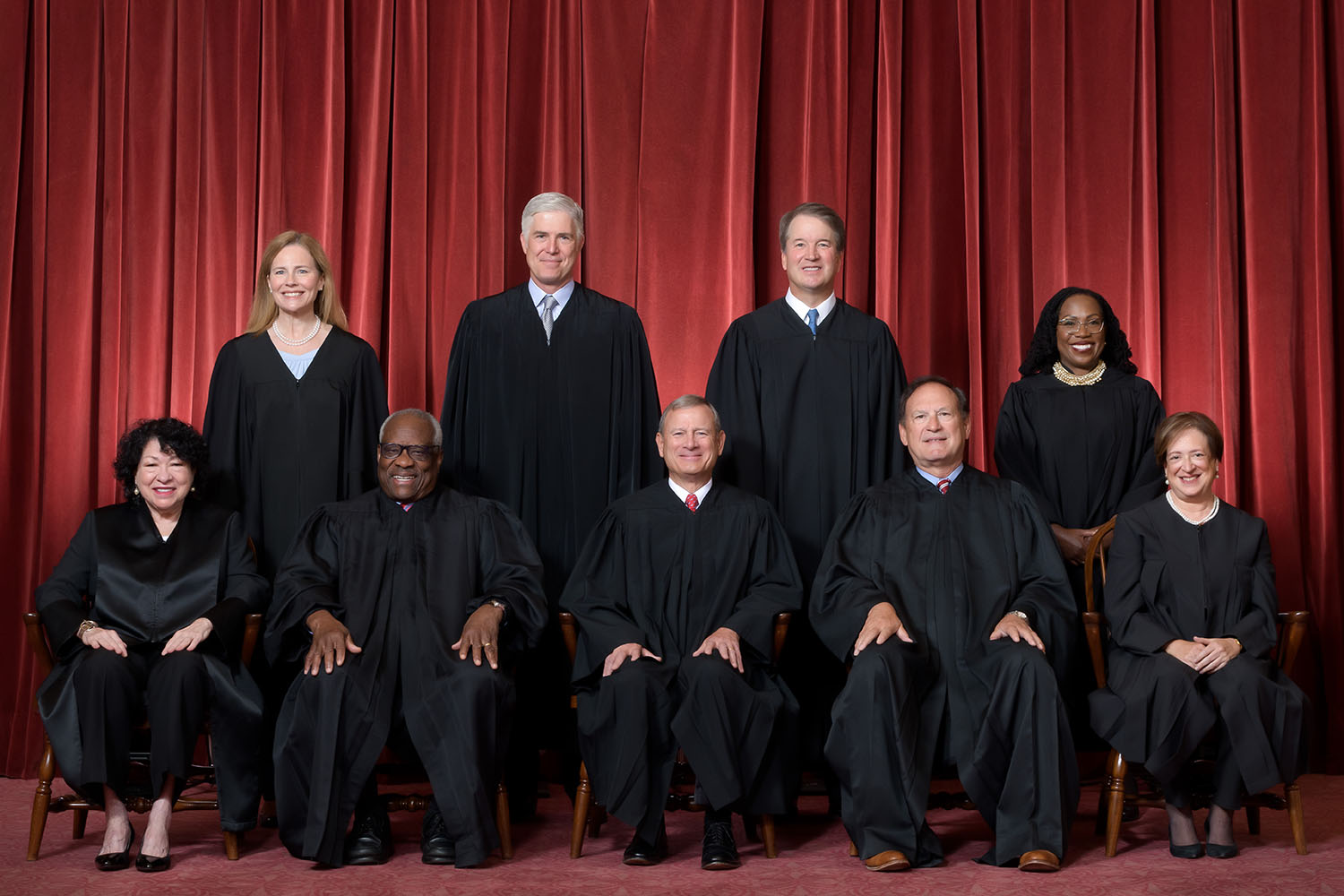According to the Solicitor General of the United States:
And Congress made clear in the statutory history that the reason it used that term (weapon) is because there are objects out there, toys and tools, that have a well-known non-weapon use but that actually do expel projectiles through the action of an explosive.
A — a cap gun is an example of this. It — it expels bird shot, and so, therefore, it would fit within the functional definition. But it’s not a weapon because it’s not an instrument of combat or intended to be used in that way.
The gist of the ATF’s argument is that the GCA of 1968 defined a frame or receiver as something that could be readily converted into a firearm. Therefore, the defining aspect is how much time and skill it takes to convert a thing into a firearm.
If we have a small, purpose built, CNC machine which we load with a piece of 7075 bar stock, we push the button, and 3 hours later there is an AR15 lower receiver, is that 7075 bar stock a frame or receiver?
The ATF is arguing that if you sell that CNC machine along with the piece of 7075, then the 7075 is a receiver.
JUSTICE ALITO: — if I show you — I put out on a counter some eggs, some chopped-up ham, some chopped-up pepper, and onions, is that a western omelet?
GENERAL PRELOGAR: No, because, again, those items have well-known other uses to become something other than an omelet.
The key difference here is that these weapon parts kits are designed and intended to be used as instruments of combat, and they have no other conceivable use.
And I think the further evidence comes from the fact that Respondents themselves agree that a disassembled gun qualifies as a weapon. So this is on page 37 of the Anderson brief.
So, if the parts have “well-known other uses”, then it isn’t a frame or receiver? How about a business card with an etching of a firearm component? Business cards have “well-known other uses”.
JUSTICE BARRETT: General Prelogar, I just want to follow up on Justice Alito’s question about the omelet.
Would your answer change if you ordered it from HelloFresh and you got a kit, and it was like turkey chili, but all of the ingredients are in the kit?
GENERAL PRELOGAR: Yes. And I think that that presses on the — the more apt analogy here, which is that we are not suggesting that scattered components that might have some entirely separate and distinct function could be aggregated and called a weapon in the absence of this kind of evidence that that is their intended purpose and function.
So it is not a frame or receiver unless there is evidence that the intended purpose is to make a frame or receiver? Again, this means that if I have a 50% lower and the skills and instructions, that makes it a receiver?
A 0% lower is a piece of bar stock. A 50% lower is one where no machining has been done to the forging. An 80% lower is one where the surface has been decked, the buffer socket machined and threaded plus several other operations, stopping short of being a receiver
But,
if you bought, you know, from Trader Joe’s some omelet-making kit that had all of the ingredients to make the omelet and maybe included whatever you would need to start the fire in order to cook the omelet and had all of that objective indication that that’s what’s being marketed and sold, we would recognize that for what it is.
And it — it doesn’t stretch plain English to say, I bought omelets at the store, if you bought all of the ingredients that were intended and designed to make them, especially under statutory language that refers to something like breakfast foods or things that can be readily converted to make breakfast.
The last time I went to the grocery and purchased a taco kit and some ground beef, I came home and told my wife, “I brought home tacos”.
She would have smacked me upside the head if I had told her, “It’s readily convertible into tacos, so it is the same.”
JUSTICE BARRETT: I have a question about AR-15s. So Judge Oldham expressed concern that
because AR-15 receivers can be readily converted into machine gun receivers, that this regulation on its face turns everyone who lawfully owns an AR-15 into a criminal.
GENERAL PRELOGAR: That is wrong. So I want to be really clear about our interpretation of the statute. We are not suggesting that a statutory reference to one thing includes all other separate and distinct things that might be readily converted into the thing that’s listed in the statute itself.
The difference, in the ATF’s eyes, between an AR-15, perfectly legal to own with no tax stamp, and a “machinegun”, requiring a tax stamp, is one hole placed above the selector switch.
They are so concerned about that one hole, that if that location is even marked, it is considered a machinegun.
Never mind that you need an auto-sear, an M16 trigger, an M16 disconnector, an M16 selector switch, and an M16 hammer, just a dimple makes that receiver a machinegun.
What the Solicitor General is arguing is that it is a jig that makes a hunk of aluminum a receiver. This strongly implies that if somebody were to create a jig for drilling the hole for the auto-sear, that would make almost every AR-15 lower receiver a machine gun.
Or it could go back to the evil days of the 6 magic parts. If your AR-15 had any of the 6 magic parts in it, then it was a machine gun. If you had any one of an M16: auto-sear, hammer, trigger, disconnector, selector, or bolt carrier, then you had a machinegun.
Now it will be a simple jig. How simple? It is an L shaped piece with two holes drilled in it. The top hole is a drill guide. The lower hole has a pin press fit. Put the pin into the selector hole. Put the small leg of the L over the deck of the receiver. The small hole is in the correct place to drill for an auto-sear.
You can read the transcript if you would like. It isn’t difficult, but some arguments are difficult to follow.




